Schefflera Plant: How to Care for It and What Are Its Problems?
The Schefflera
Schefflera is a vibrant, lush houseplant with leaves that form an umbrella-like pattern. This gives it its common name, "Umbrella Tree," and makes it a fun addition to any home. It's a great houseplant, as it's very tolerant of indoor conditions.
Schefflera is native to Australia as well as New Guinea. It loves bright, indirect light and high humidity, but will do well in almost any environment. It can grow 6 feet tall indoors given the right conditions.The Schefflera is an incredibly easy houseplant to grow. Clusters of broad leaves cascade from its branches, filling any space with a beautiful green.
_________________________________________________
How to care for your Schefflera
Use these instructions to care for a Schefflera. This guide will tell you how to water a Schefflera; its light, temperature, and humidity preferences; and any additional care it may need to help it thrive.
Your Schefflera prefers bright, indirect light, but can also tolerate lower light conditions. Rotate your plant halfway around once a month. This will help it grow evenly and upright as it leans toward the light. This will keep it looking full and even.
Water thoroughly when the top 75% of the soil is dry. Allow water to run out of the drainage hole at the bottom of the pot, discarding any water that runs into the saucer. Your Schefflera is a very hardy plant and doesn't mind if you occasionally wait too long between waterings.
Your Arboriacola will do very well in average home humidity, but will benefit from any additional humidity you can provide. Increase the humidity by misting frequently, placing a humidifier nearby, or using a pebble tray.
This plant prefers temperatures between 60 and 80 degrees. Avoid temperatures below 50 degrees, as this can shock the plant and damage the foliage.
Feed your plant once a month during spring and summer with a general home plant fertilizer diluted to half the recommended strength.
This plant is toxic to humans and pets. If the leaves split, the sap inside can cause minor skin irritation. Wear gloves when pruning or repotting your plant to stay safe. If ingested, it can cause oral and digestive irritation.
If you want to keep your Schefflera small or in a specific shape, feel free to prune it at any time with sharp, clean shears. Be sure not to cut more than 30% of the plant, as this may shock your Schefflera. Wipe the foliage with a damp cloth occasionally to remove dust buildup on the leaves.

_________________________________________________
Common problems for your Schefflera

Your Schefflera's leaves could be turning yellow for a number of reasons, but don't worry! We'll get to the bottom of this.
Humidity
The most common cause of yellowing leaves among Scheffleras is inadequate soil moisture, particularly overwatering. Only water your Schefflera when the top 75% of the soil is dry. In winter, you can allow your plant to dry out a little more between waterings.
When watering your plant, make sure to provide enough water so that the liquid flows from the drainage hole at the bottom of the pot and into the saucer. It's extremely important to discard any excess water in the saucer, as your Schefflera won't respond well to "wet feet," which can cause root rot and eventual death.
Providing adequate and consistent soil moisture is important when caring for a Schefflera. Alternating between dry and wet soil from untimely watering can create stress and cause the Schefflera to turn yellow.
Its humidity level
Low humidity and dry soil cause the leaves to brown at the edges, followed later by a yellowing color throughout. Misting your Schefflera's leaves frequently will increase the humidity.
Inadequate light
Generally, Scheffleras will thrive when placed in medium to bright indirect sunlight. When exposed to direct sunlight for too long, the foliage will scorch. While Scheffleras can adapt to low-light areas, their growth will slow. Too little light can result in yellowing leaves. Take note of the light your Schefflera is receiving and adjust accordingly.
Pests
Weakened or stressed scheffleras become more susceptible to insect infestations. Sap-sucking insects like spider mites can drain your plant of moisture. This problem quickly manifests itself as yellowing of leaves and fronds. Scale, mealy bugs, and spider mites are common indoor pests. If not killed early, these tiny pests proliferate and move along the frond parts in crevices. The insects' piercing mouths exhaust your plant and accelerate yellowing, especially if your schefflera is already unhealthy due to poor lighting, a nutrient deficiency, or inadequate soil moisture.
Some yellows are natural
Is your Schefflera pushing out new growth? If there's new growth on your plant and the yellowing leaves are older, particularly at the bottom of the plant, this yellowing is natural. Your plant is shedding its old leaves and directing energy toward new growth.

First, let's clean your plant. This allows the plant to direct its energy toward new, healthy growth.
- Remove any brown leaves (they will not turn green again) or the dead portion with a sharp pair of scissors or pruning shears.
- Clean the blades of your scissors with rubbing alcohol between each turnip.
- You may need to trim your plant in stages because you never want to remove more than 20% of the affected leaves at a time, which could harm your plant.
- Now, let's put your Schefflera on the road to recovery.
Incredibly dry soil
Your Schefflera prefers thorough watering when the top 75% of the soil is dry. That said, prolonged periods of drought can cause the foliage to brown and dry out. Make sure you haven't completely watered your plant.
If you accidentally let your schefflera soil dry out completely, you may see the leaves limp, droop, and possibly begin to brown and curl. If the soil is extremely dry all the way through the pot, a thorough soaking is in order.
Here's how to soak your Schefflera:
- Place your plant in your sink or tub without the saucer. Fill the basin with about 3-4 inches of water. Make sure the water isn't too hot!
- Let your plant absorb water through the drainage hole at the bottom of the pot for at least 45 minutes.
- Feel the top of the soil after your plant has been soaked, has the water reached the top 2-3" of soil?
- If not all of the soil feels saturated, lightly water your Schefflera from the top of the soil to help speed up saturation.
- When your plant's soil is evenly moist, drain the sink/tub and let the plant rest while it drains well. Return the plant to its saucer and place it back in its proper location.
Increase humidity
Your Schefflera is a tropical plant, so it will thrive in more humid environments. Increase the humidity around your plant by regularly misting the leaves, using a tray of pebbles, or placing a humidifier nearby.
Temperature
Make sure your plant isn't in a drafty area or in the path of heating and cooling vents. The leaves will brown and droop if the plant is cold or excessively dry due to constant airflow.
Ready to add a touch of elegance and freshness to your home? Discover the timeless beauty of the Schefflera and transform your space into a green oasis. Explore our selection here and choose your perfect Schefflera today to bring your home to life with style and nature.




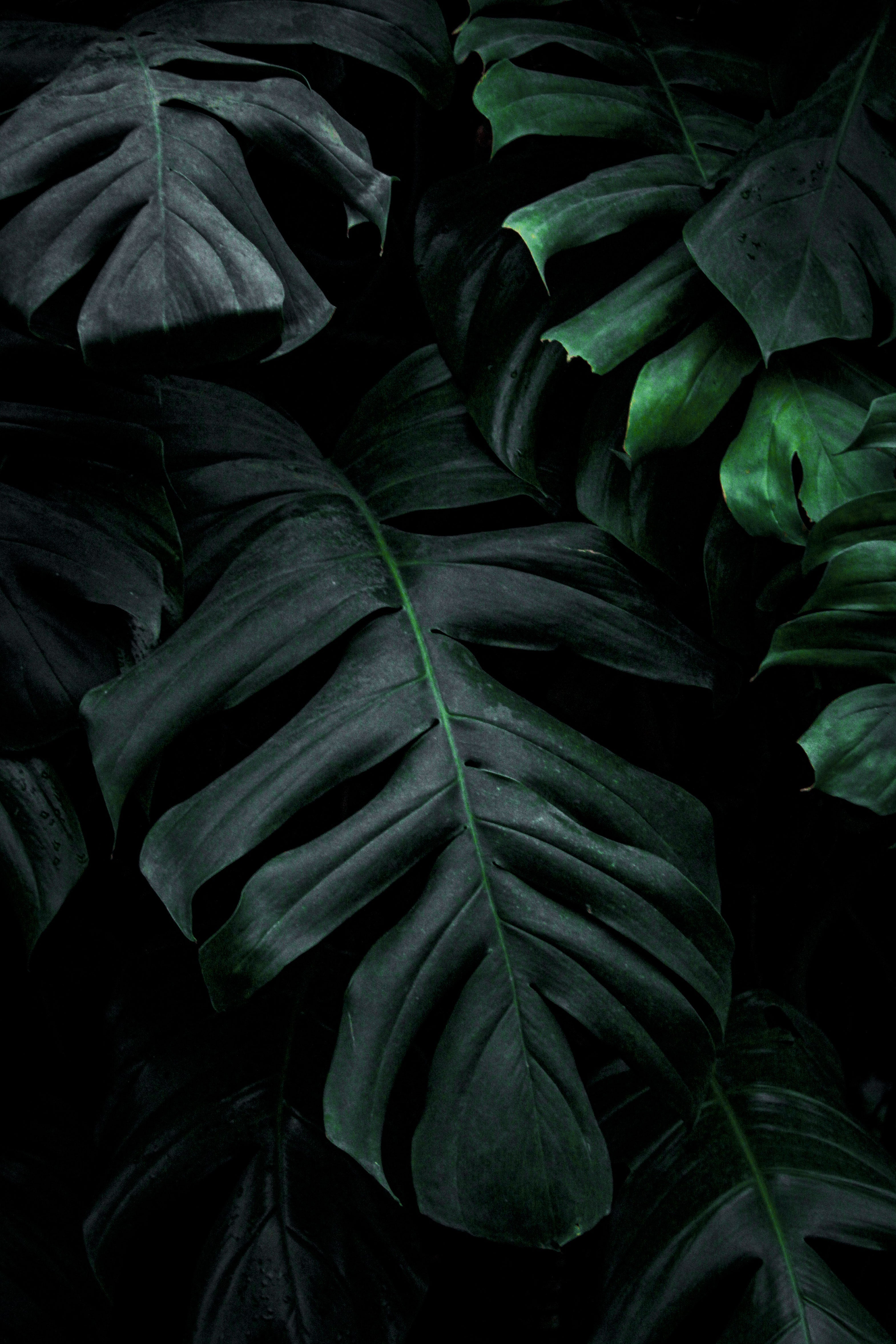
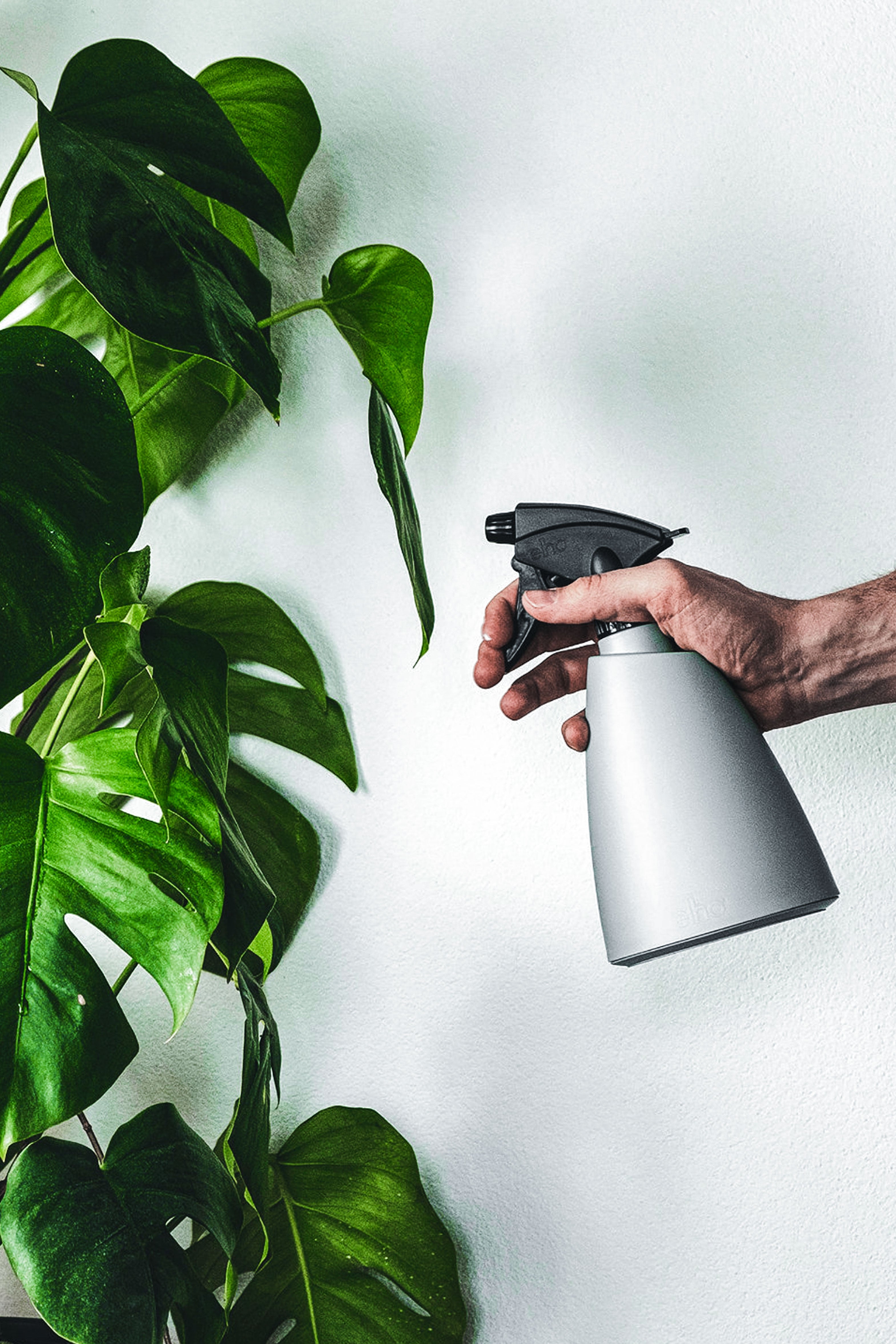
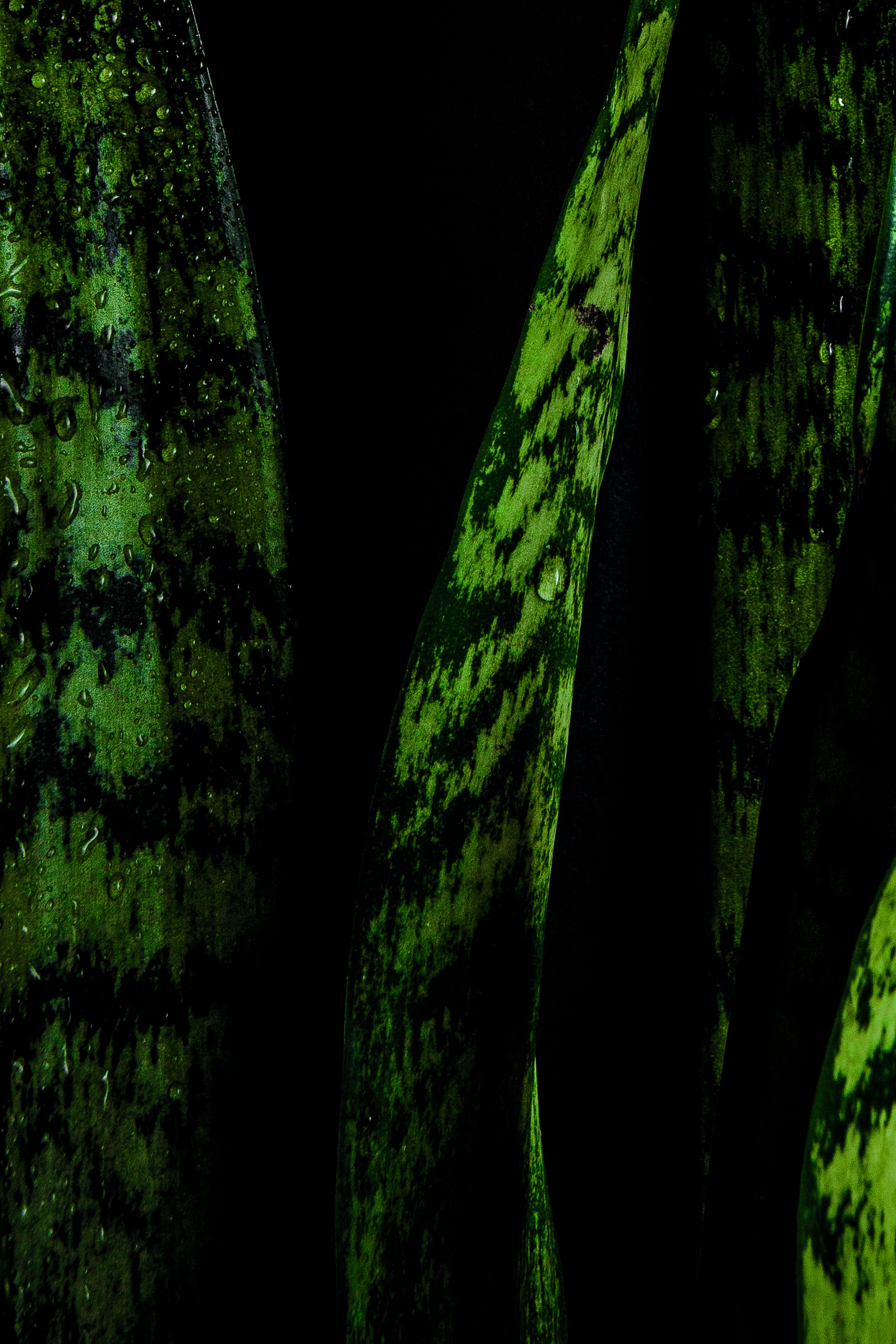
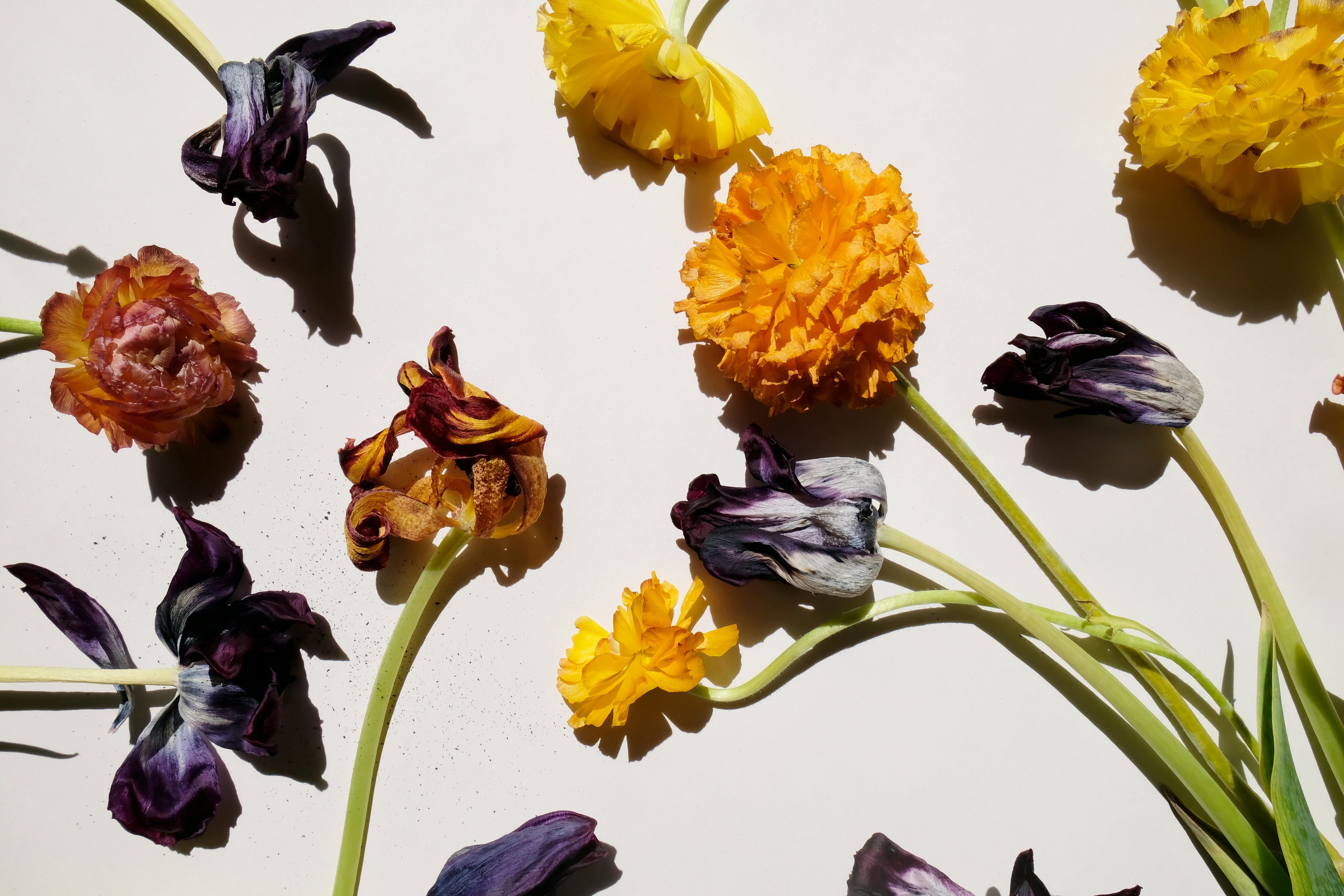
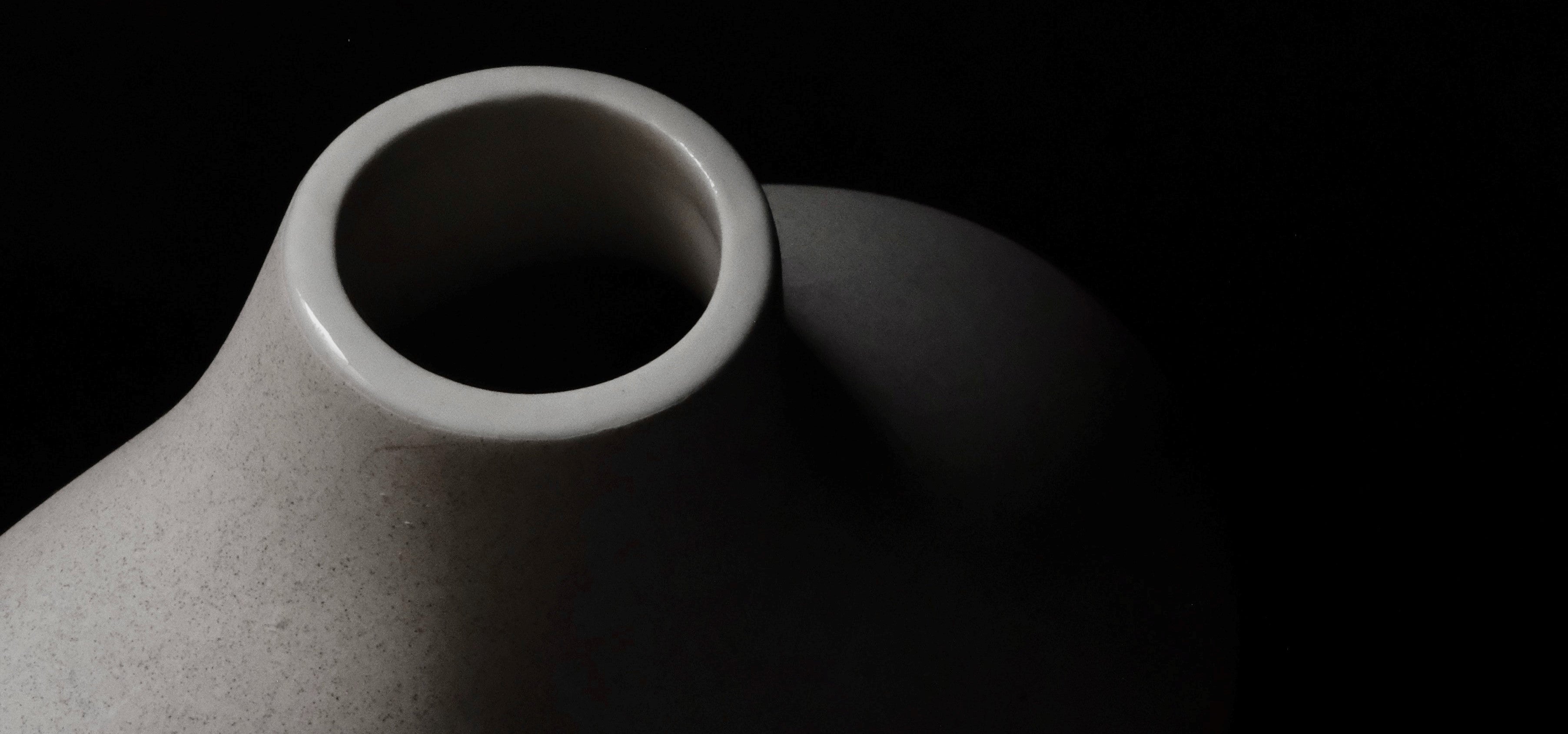
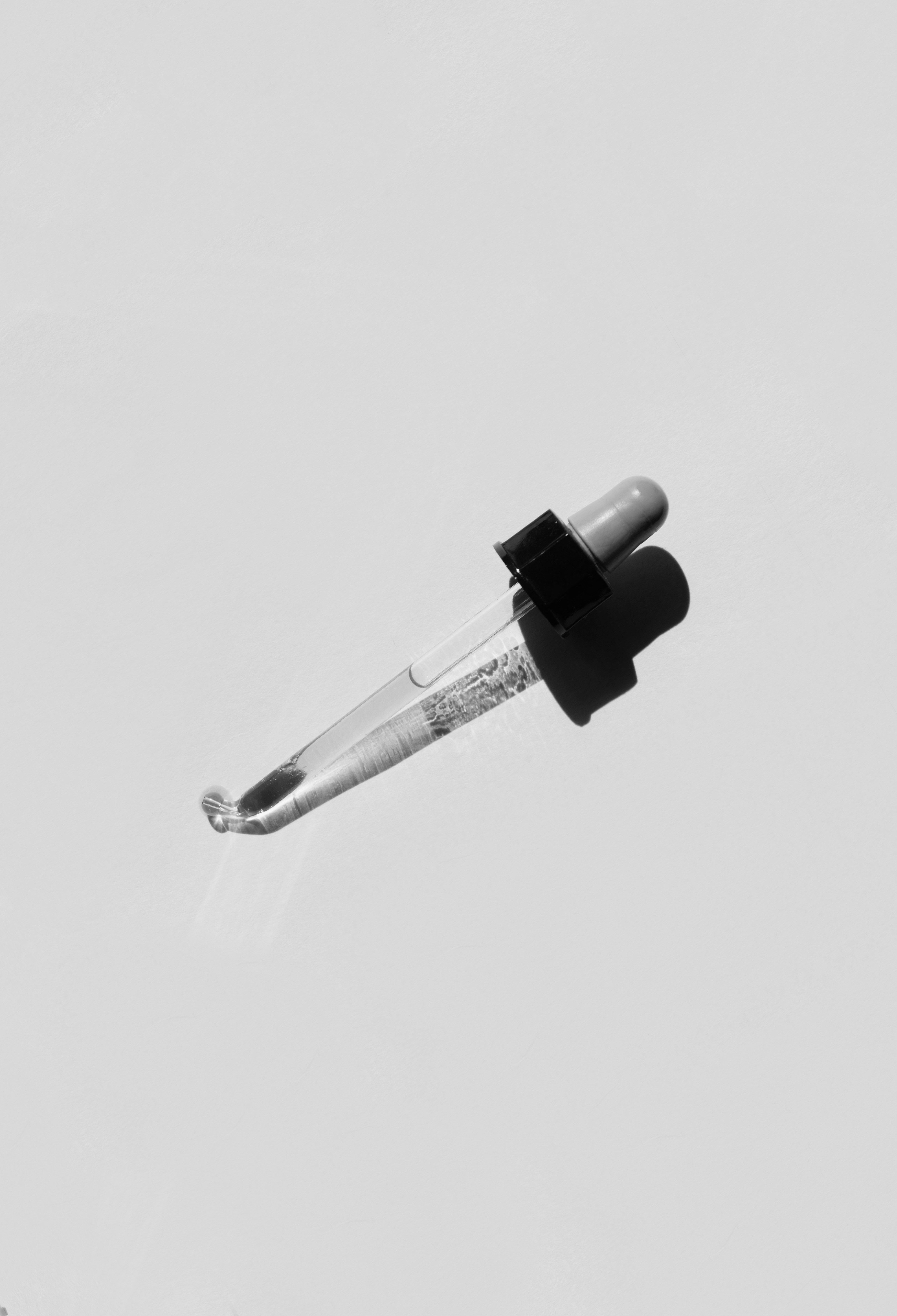
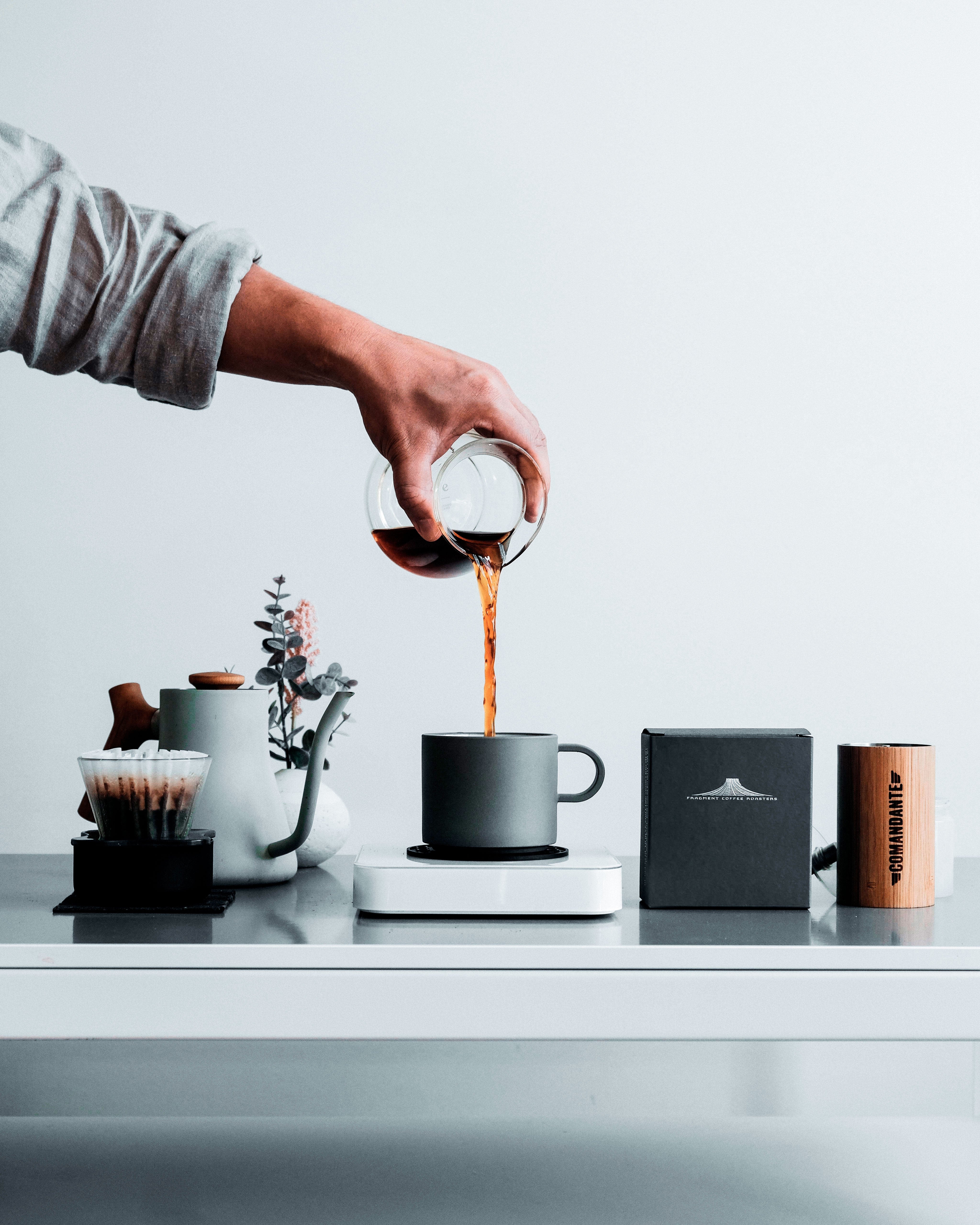
Olá boa tarde, a minha planta deita uma espécie de resina o que posso fazer ou é normal neste tipo de planta? Obrigado
Buenos días, me pasa al igual que a la chica que ha comentado anteriormente (Silvia) , nuestra shefflera se le va poniendo el tronco marrón y seco y se le van muriendo las ramas y hojas, la tenemos en una zona de sombra dentro de una galería, bien ventilada, poco riego y humedecida dos veces al día con pulverizador y aún así sigue cada día peor, donde les puedo enviar una foto, estamos realmente muy preocupados ya que esta planta es muy importante para nosotros, gracias
Toni.
Buenas tardes! Mi Schefflera La he trasplantado en el mes de octubre en una maceta de barro.Los primeros días Parecía que todo estaba bien pero con el tiempo las hojas se fueron poniendo lacias pensé que era por falta de agua pero me di cuenta que no mejoraba. Ahora el tallo se me está poniendo marrón y las hojas. Da la sensación que está muriendo poco a poco.
He decidido sacarla de la maceta y ponerle fungicida Hasta por la raíces. ¿Qué más puedo hacer ? ¿ tengo que cortarle el tallo por la parte que está marrón ?Me gustaría conservarla fue un regalo de mi abuela.
Leave a comment